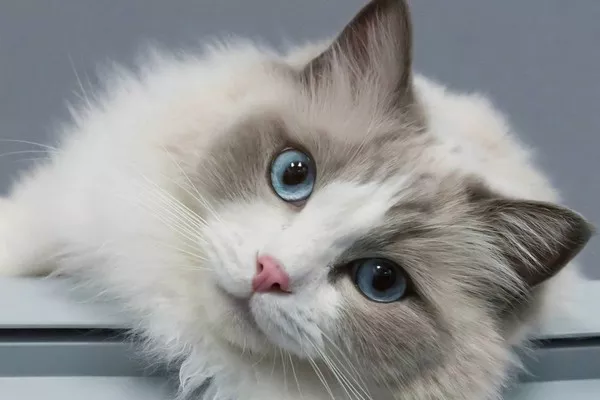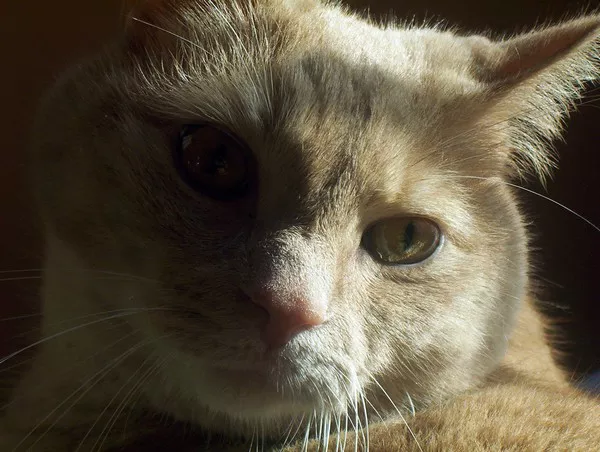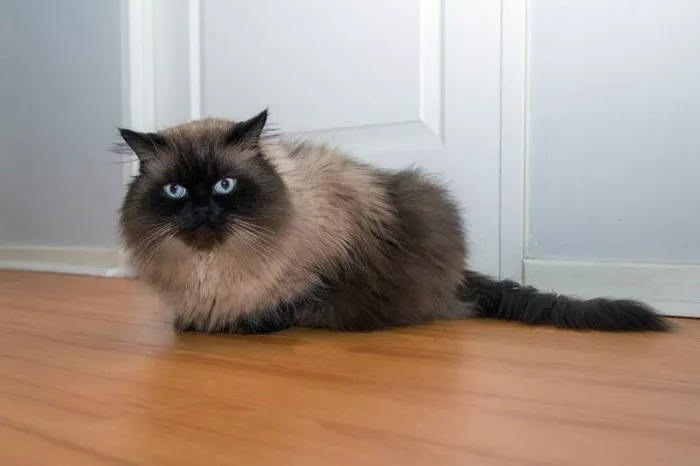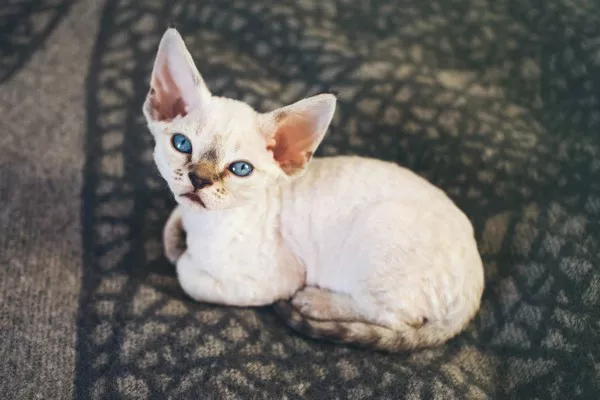Ragdoll cats, known for their striking blue eyes and gentle disposition, also often exhibit a particularly vocal behavior. This distinct trait can sometimes puzzle or even overwhelm their owners. Understanding why Ragdoll cats are so vocal is crucial to fostering a harmonious living environment. This comprehensive guide delves into the reasons behind their frequent meowing and provides effective training tips to manage and respond to this behavior.
Ragdoll Cats and Their Vocal Traits
Ragdoll cats are a breed celebrated not only for their physical beauty but also for their calm and affectionate nature. They are often described as “puppy-like” because of their tendency to follow their owners around and their desire for human interaction, which plays into their vocal behavior.
Why Do Ragdoll Cats Meow So Much?
Understanding the reasons behind the frequent meowing of Ragdoll cats is essential for addressing this behavior effectively. Here are several factors that contribute to their vocal nature:
Seeking Attention
Ragdoll cats form strong bonds with their owners and often seek continuous interaction. Meowing is their way of initiating contact or soliciting attention, whether to play, cuddle, or simply be near you.
Expressing Needs
Meowing can also be a sign that your Ragdoll cat has specific needs that must be met, such as hunger, thirst, or the need to use the litter box. It is their method of communication to alert you to their immediate needs.
Response to Stress
Changes in the environment, such as moving to a new house, the arrival of a new pet, or even rearranged furniture, can cause stress to a Ragdoll cat. Increased vocalization can be an indicator of their discomfort or anxiety about these changes.
Health-Related Issues
Excessive meowing might be a sign of underlying health problems. Pain, discomfort, or diseases like hyperthyroidism, which is common in older cats, can lead to increased vocalization. It’s crucial to consult a veterinarian if there’s a sudden change in your cat’s meowing pattern.
Genetic Disposition
The Ragdoll breed is naturally more vocal than some other breeds. This trait can be inherent and simply part of their personality.
Training Tips to Manage Your Ragdoll Cat’s Meowing
Managing your Ragdoll’s vocalizations involves understanding, patience, and consistent training. Here are several tips designed to help control and respond to your cat’s meowing:
Establish a Routine
Cats thrive on routine as it provides them with a sense of security. Establish and maintain a consistent schedule for feeding, playtime, and cuddling. This predictability can reduce anxiety and the need to meow excessively.
Provide Adequate Stimulation
Ensure your Ragdoll has enough physical and mental stimulation. Engage them with interactive toys, scratching posts, and daily play sessions. A stimulated cat is generally quieter and more content.
Use Positive Reinforcement
When your cat communicates in quieter ways or entertains themselves without vocalizing, reward them with treats, petting, or verbal praise. Positive reinforcement encourages good behavior and helps them understand preferred ways of interacting.
Ignore Unwanted Behavior
While it can be challenging, ignoring the meowing when it’s used to seek undue attention is important. Responding to incessant meowing can reinforce the behavior. Pay attention to your cat once they quiet down.
Create a Comfortable Environment
Make sure your Ragdoll’s environment is comfortable and stress-free. This includes providing cozy sleeping areas, maintaining a calm atmosphere, and gradually introducing new pets or family members to avoid stress.
Consult a Veterinarian
Since health issues can lead to increased meowing, a thorough check-up with a veterinarian can rule out or treat any medical conditions that might be causing distress to your Ragdoll.
Training Sessions
Training sessions using gentle guidance can teach your Ragdoll to vocalize less. Use a calm voice and gentle handling to guide their behavior during these sessions.
Communication and Observation
Pay close attention to the context and cues surrounding your cat’s vocalizations. Understanding what different meows mean can help you respond more effectively and meet their needs without reinforcing excessive noise.
Environmental Enrichment
Providing an enriching environment with perches, hideaways, and window views can also help reduce boredom and the resultant meowing. Make their living space engaging and fulfilling.
Conclusion: Embracing and Managing Your Ragdoll’s Vocal Nature
Ragdoll cats are communicative creatures who use their voices to express a wide range of emotions and desires. By understanding the specific reasons why your Ragdoll might be more vocal, you can better meet their needs and manage their meowing through training and environmental management. With patience and consistent care, you can enjoy the loving companionship of your Ragdoll cat while maintaining a peaceful home environment. Remember, the key to success is balancing attention with independence, providing comfort and stimulation, and reinforcing quiet behaviors with positive feedback.
























